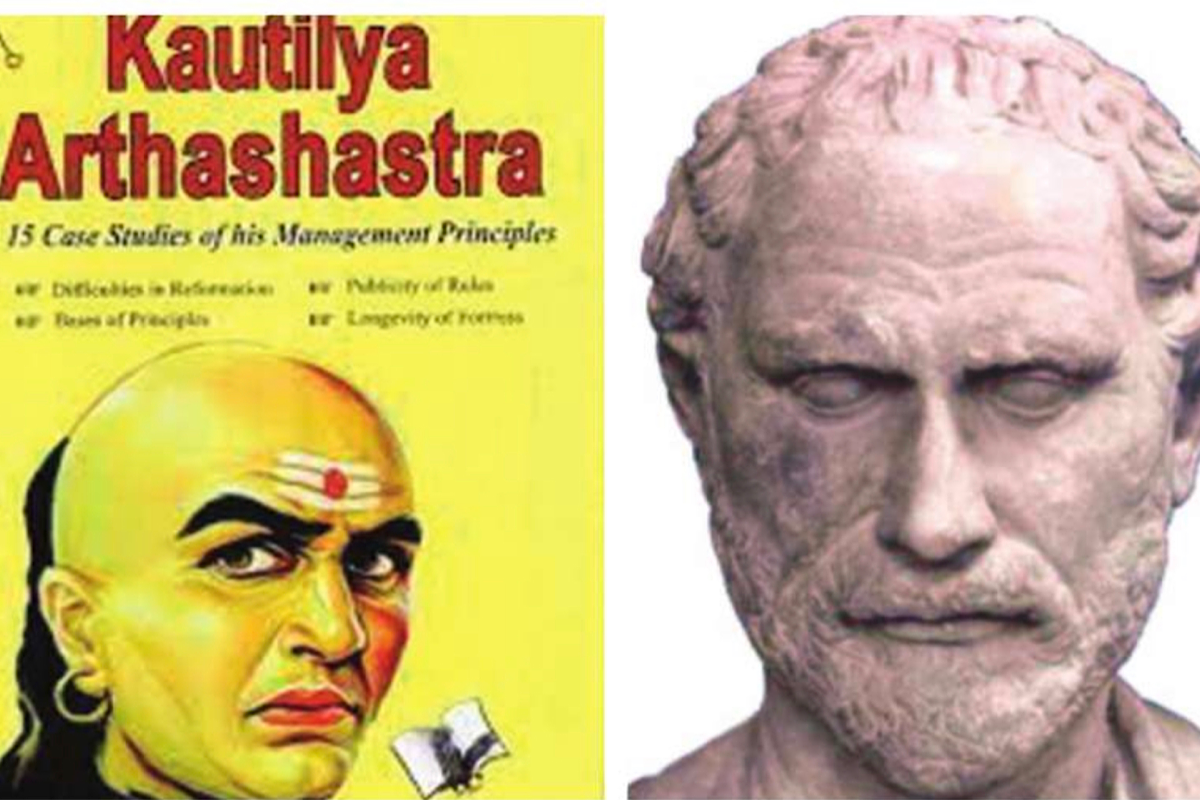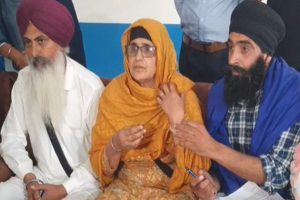In 1835, British historian and politician, Thomas Babington Macaulay, wrote in his famous ‘Minute on Indian Education’: “We must at present do our best to form a class who may be interpreters between us and the millions whom we govern, a class of persons, Indian in blood and colour, but English in taste, in opinions, in morals and in intellect.’’
Nineteen years later, Wood’s dispatch on Education in India broadly reflected the same ideas. In 1854, Sir Charles Wood, the President of the Board of Control of British East India Company, sent a dispatch to Lord Dalhousie, then Governor General of India, about the policy of ensuring a shift to the English language in India.
Wood recommended that primary schools would adopt vernacular language, High schools would adopt Anglo-vernacular language and English would be the medium of education in colleges.
The suggestion of learning vernacular language at primary schools was a cunning strategy of pacifying those Indians who would resent the imposition of English as the medium of ins- truction in the education system of India.
It is true that English education made us connected to the world. We drew inspiration from the great revolutionaries of other nations by reading books written in English.
However, it is also true that Macaulay’s imposition of English language facilitated the process of establishing the narrative of colonial rulers’ superiority.
We built our political structure emulating western liberal democratic models. We appreciated and criticised political activities in terms of these models. We still do it.
But this was not necessary. Contrary to what the colonial rulers propagated, we did have political systems that were not autocratic in any sense of the term. Republican forms of government existed in India in the ancient period. Several scrip- tures and ancient texts bear testimony to it. As early as 4th century BC, there was a republican federation kno-
wn as Kshudrak Malla Sangha. This Sangha put up a strong resistance to Alexander.
The Greeks mentioned many other republican states in India. Some of them were described by
them as pure democracies. CHAKRABARTI The Rigveda and Atharva Veda refer to ‘Sabha’ and
‘Samiti’ or General assembly and House of elders respectively. The Aitariya Brahmana, Kautilaya’s Arthasastra, inscriptions of Ashoka’s pillars and some of the Buddhist and Jain texts contain references to the existence of several functioning republics.
Rigveda said that the king was not absolute and he could be removed by the Sabha or the Assembly. The Shanti Parva of Mahabharata mentions gathering of people called ‘JanaSadan’.
After the period of the Mahabharata, small republican states came into existence replacing large empires. The stories of the Jatakas refer to how these republics functioned. Members elected in open assembly selected their ‘gopa’ who would be the king. The king ruled with the help of a council of ministers.
In this context we mus mention the state of the Lichchavis. It included nine republican states of Mallas and eighteen republican states of Kasi and Kosala. They were not democratic exactly in the modern sense, but what is highly significant is that the head of the state was elected.
The great Greek scholar Megasthenes described how popular assemblies restrained the po- wer of the kings. Kautilya’s Arthasastra also mentions that several public authorities provided safeguards against abuse of power by the king. All these prove that we had enough experience of democratic governance and people’s participation in the political process. We could have developed our own perceptions with regard to society and polity on the basis of this tradition.
But, we did not do so. We relied on those grandiose decolonisation theories which, in effect, influenced us to pursue the colonists’ view of decolonisation.
In the 19th century, efforts were made to rekindle interest in our cultural heritage. This brought to the fore a kind of Hindu revivalism which was liberal in its outlook. The trend went a long way to shape our identity.
In Bengal, Rani Rashmani, a wealthy landowner, who resisted the colonial government’s interference with our religious life, triggered this process by generously funding temples and by promoting Hindu rites and rituals without indulging in any bigotry. Her greatest contributions was the temple of Dakshineswar. Rashmani brought the most remarkable unorthodox saint, Ramakrishna Paramahansa to Dakshineswar. Ramakrishna sowed the seeds of awakening of
our souls.
His disciple Swami Vivekananda spread the message of his master throughout the country to build a self-confident nation which would never be apologetic about the spiritual orientation of its cultural heritage.
Tilak’s Sivaji Utsab and Arya Samaj’s activities also helped us construct an exclusively Indian identity. A remarkable feature of this identity was unity among people.
It was witnessed on the bat- tlefield. Hindus and Muslims fought together against the colo- nial ruler in the revolt of 1857. The British government played down its significance by describ- ing it as a mutiny.
Nevertheless, several generations of Indians cherished it as a war of independence. It inspired all revolutionaries in India. We felt that we could rise in revolt without destroying our separate religious identity.
Much later, this spirit inspired the Indian National Army. Hindu soldiers waged war hand in hand with Muslim soldiers. Like the revolt of 1857, the INA campaigns were living history.
Still, there is no denying the fact that Hindu religious icons and symbols largely dominated mainstream freedom movements in India.
This will be evident from the perceptions of the leaders of these movements. The ‘Indianness’ of our identity cannot be understood without any reference to how these perceptions upheld the fundamental traits of our civilisation.
(The writer is former Head of the Department of Political Science, Presidency College, Kolkata)











